Creating the Cash Flow Statement
-
Operating Activities
-
Investing Activities
-
List Operating Expenses
-
Calculate Net Profit or Loss
Creating the Cash Flow Statement
A Cash Flow Statement shows
how cash moves in and out of a business during a specific period. It doesn’t
focus on profits—it focuses on actual cash. This report helps answer
questions like:
“Do we have enough cash to pay bills?”
“Where is our money really going?”
It’s essential for understanding the liquidity of a business—how easily it can meet short-term obligations.
“Do we have enough cash to pay bills?”
“Where is our money really going?”
It’s essential for understanding the liquidity of a business—how easily it can meet short-term obligations.
1. Start with Revenue
Begin
by recording your total revenue—this includes all the money earned from
sales of products or services during the period. It’s the top line of the
income statement, and everything else gets deducted from here
2. Investing Activities
In this section, you report cash
used for or received from long-term assets such as equipment, vehicles, or
property. For instance, buying a new machine would result in cash going
out, while selling an old asset would bring cash in. These transactions
are part of the business's investment activities and usually don’t occur every
day. This section is important because it helps you track how much your
business is investing in future growth and development.
3. Financing Activities
This
part of the cash flow statement includes cash flows related to funding
the business, whether through borrowing or investment. It
covers activities such as taking or repaying loans,
receiving money from investors,
and owner’s capital contributions or withdrawals.
These transactions reflect how the business is financing its operations—either
by using debt (like loans) or equity (like owner
investments). This section helps you understand the sources of your funding and
how those choices impact your overall cash position.
4. Calculate Net Profit or Loss
At the end of the report, add up the
totals from all three sections. The result is the net change in cash for
the period. This number shows whether your cash increased or decreased and by
how much.
Key Takeaways
✅ Cash Flow Statement tracks real money movement, not just
profits
✅ Divided into Operating, Investing, and Financing sections
✅ Helps monitor cash health and business liquidity
✅ Crucial for planning, loan approvals, and avoiding overdrafts
✅ Even profitable businesses can struggle without strong cash flow
✅ Divided into Operating, Investing, and Financing sections
✅ Helps monitor cash health and business liquidity
✅ Crucial for planning, loan approvals, and avoiding overdrafts
✅ Even profitable businesses can struggle without strong cash flow
Write your awesome label here.
Access all Accounting and Bookkeeping Courses from One Portal.
Mastering Bookkeeping and Accounting
MBA simplifies accounting, ledger management, account balancing and financial statement preparation.
QuickBooks Online For Bookkeepers
From Beginner to Expert: Master QuickBooks Online. Effortlessly Navigate, Analyze Transactions, and Unlock its Full Potential.
Xero Accounting For Bookkeepers
Learn how to use Xero, the leading online accounting software to perform most of the essential bookkeeping tasks.
ChatGpt for Bookkeepers and Accountants
Learn how to use the ChatGPT prompt toolkit to simplify daily accounting tasks for accountants and bookkeepers instantly.
Subscribe to our newsletter
Stay informed with the latest accounting tips, tools, and updates from Accountutor right in your email inbox.
Thank you!
Policy Pages
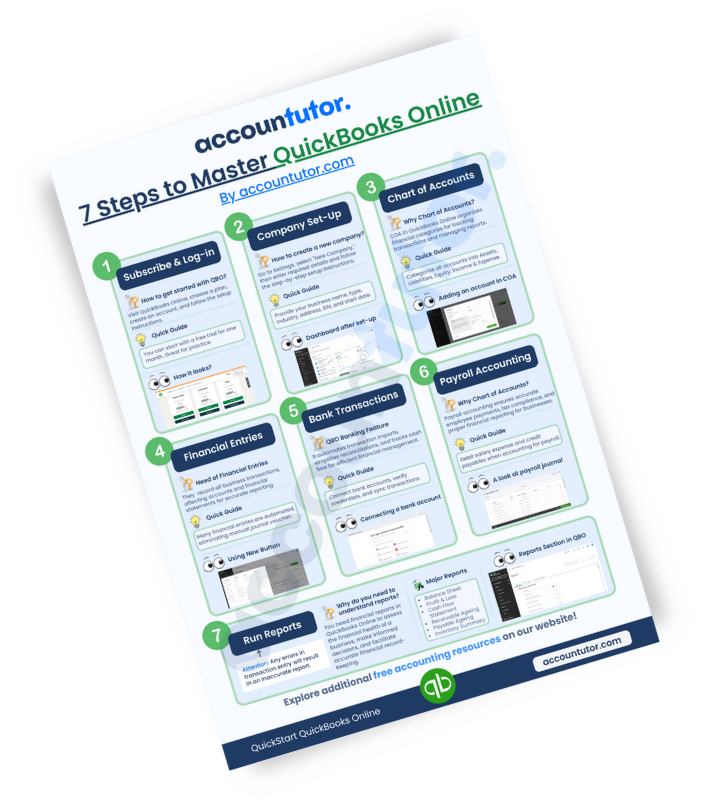
Download QuickBooks Online PDF Guide
Thank you!
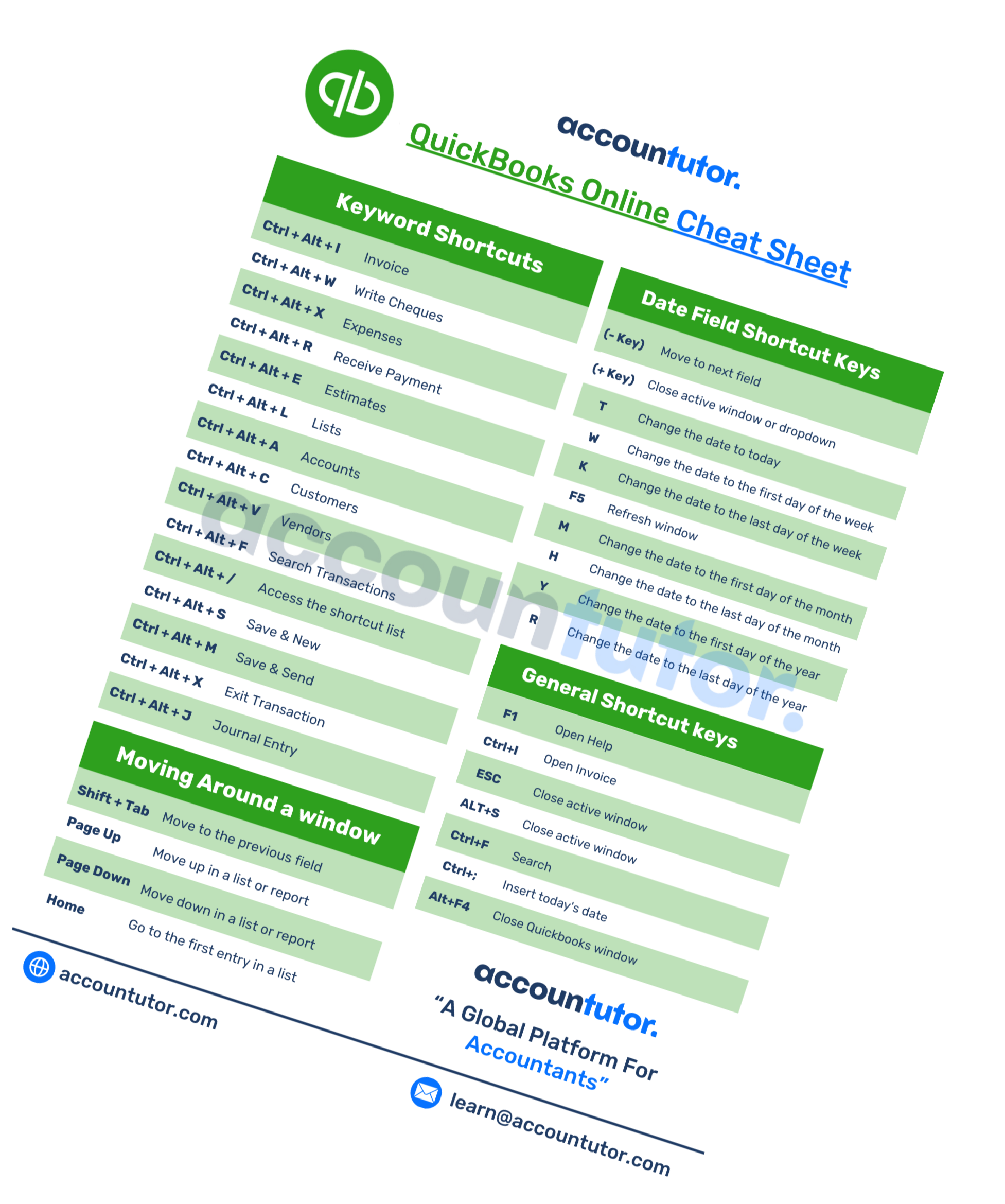
Download QuickBooks Online Cheat Sheet
Thank you!
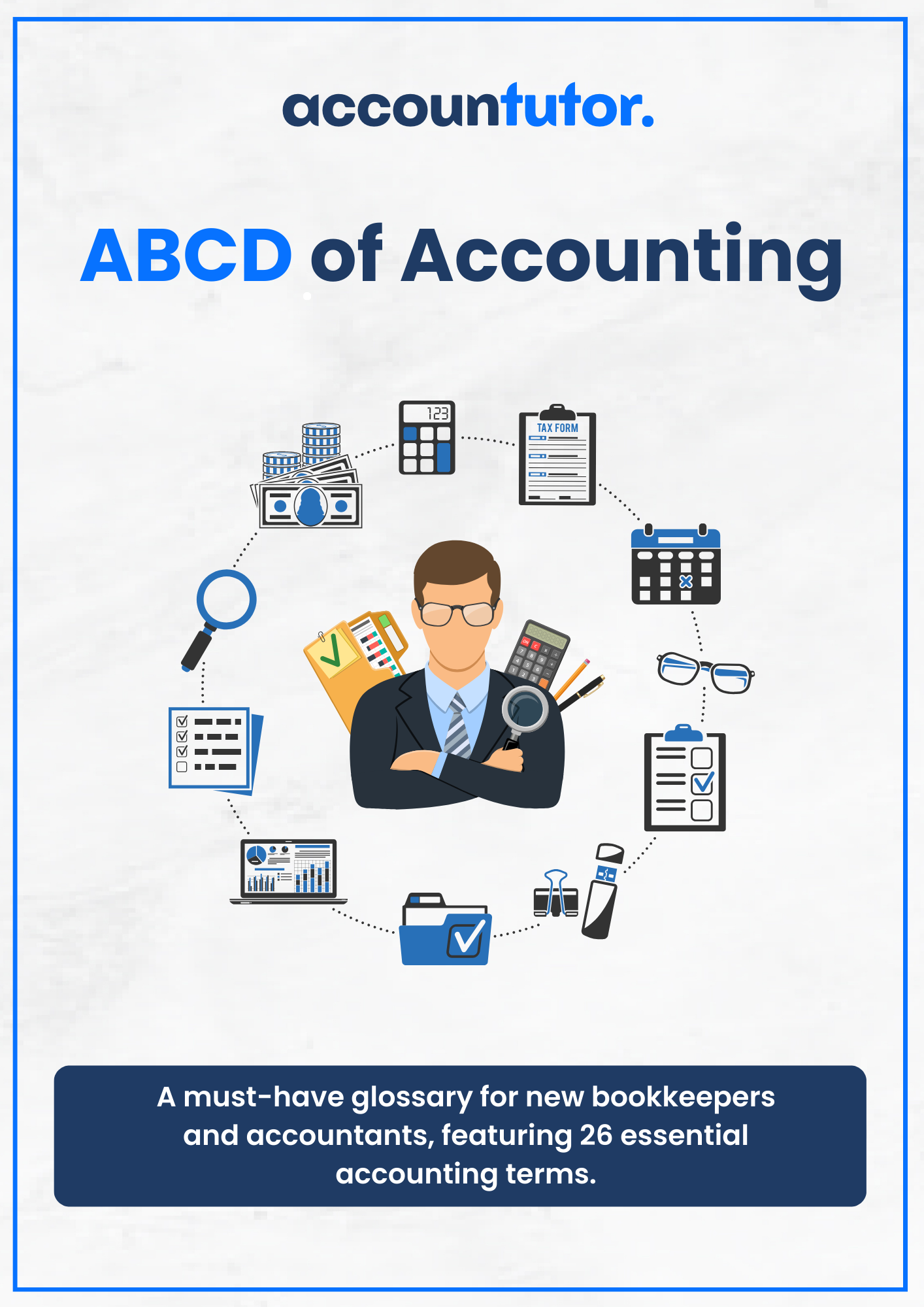
Download ABCD of Accounting
Thank you!
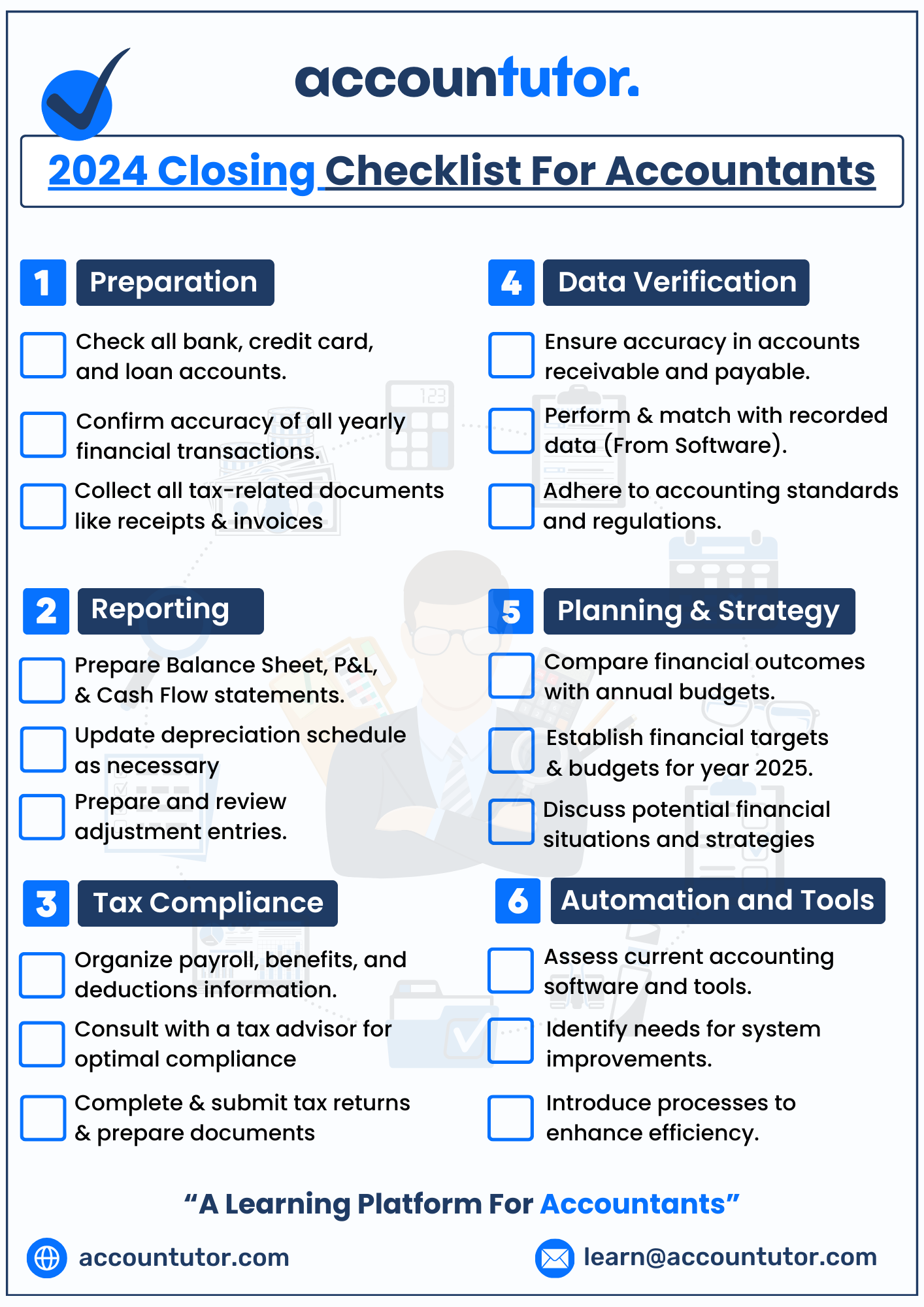
Download Checklist 2024
Thank you!
Register For Free!
Thank you!
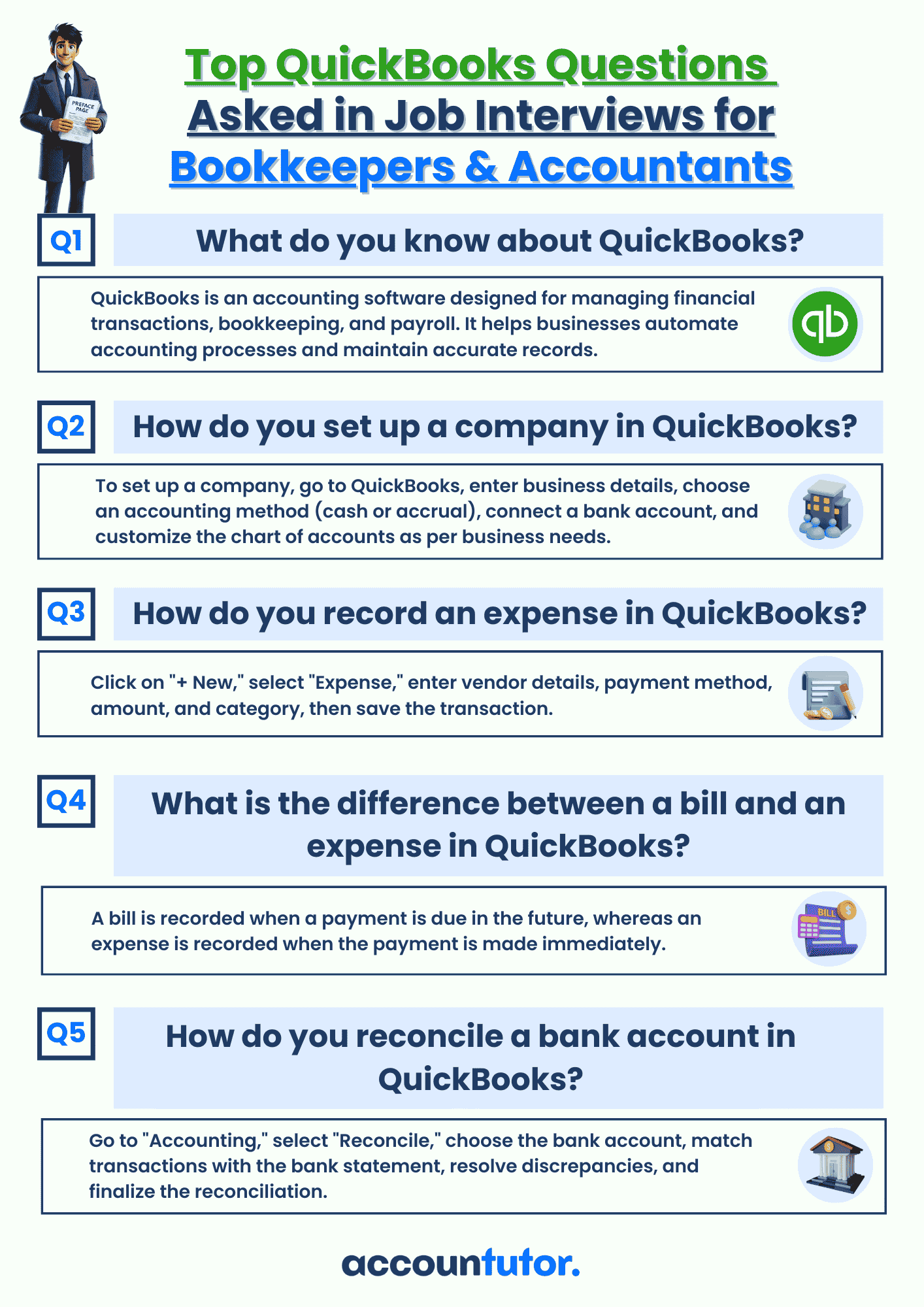
Download Interview Questions
Thank you!
Register for this webinar: How to Master QuickBooks Online— Without Feeling Overwhelmed
7th JUNE 2025 | 8:00 AM PST | 11:00 AM EST
Thank you! The joining link will be sent to your email shortly!
Webinar joining link will be sent to your email address.
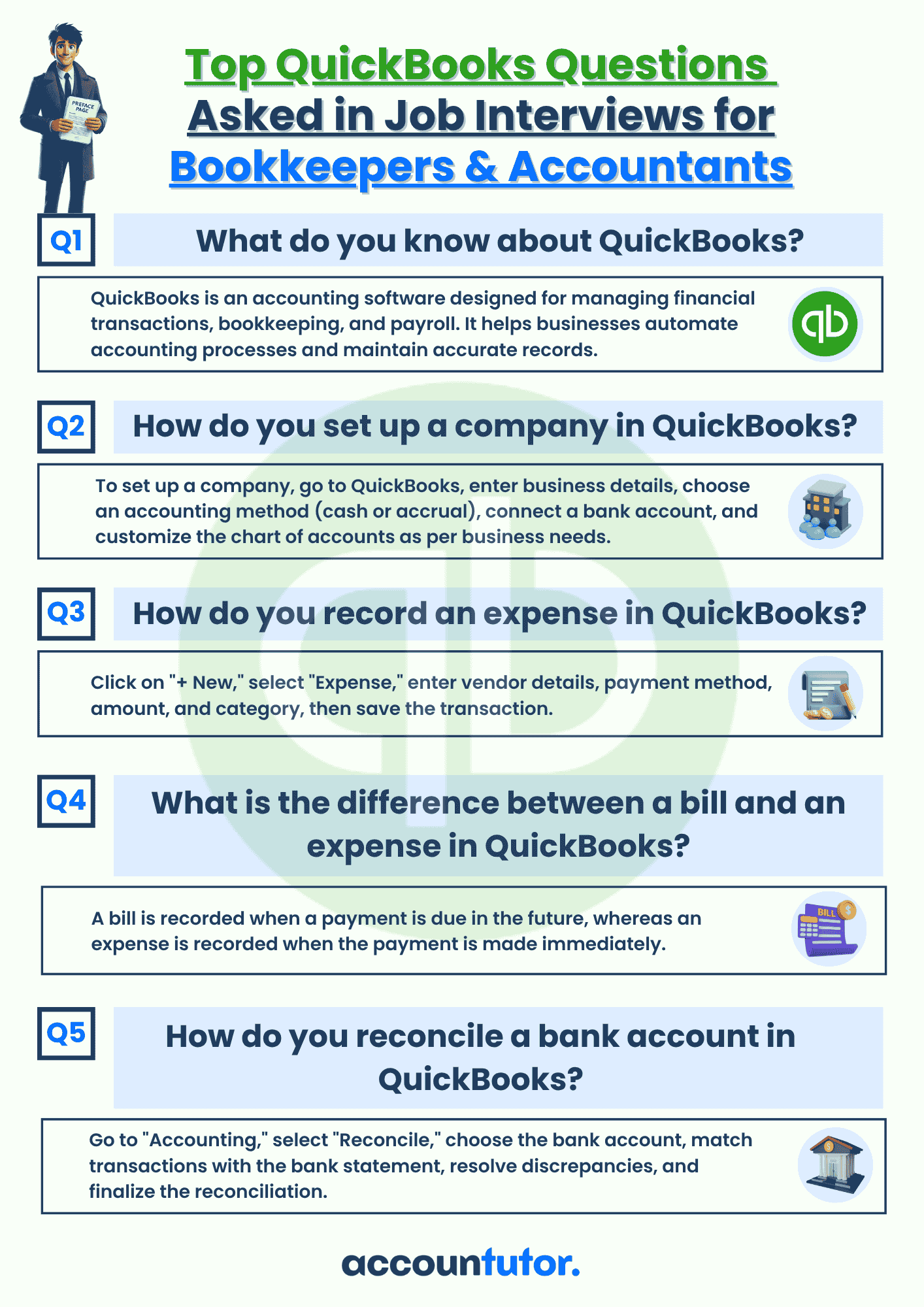
Download QBO Job Interview Questions and Answers PDF
Thank you!
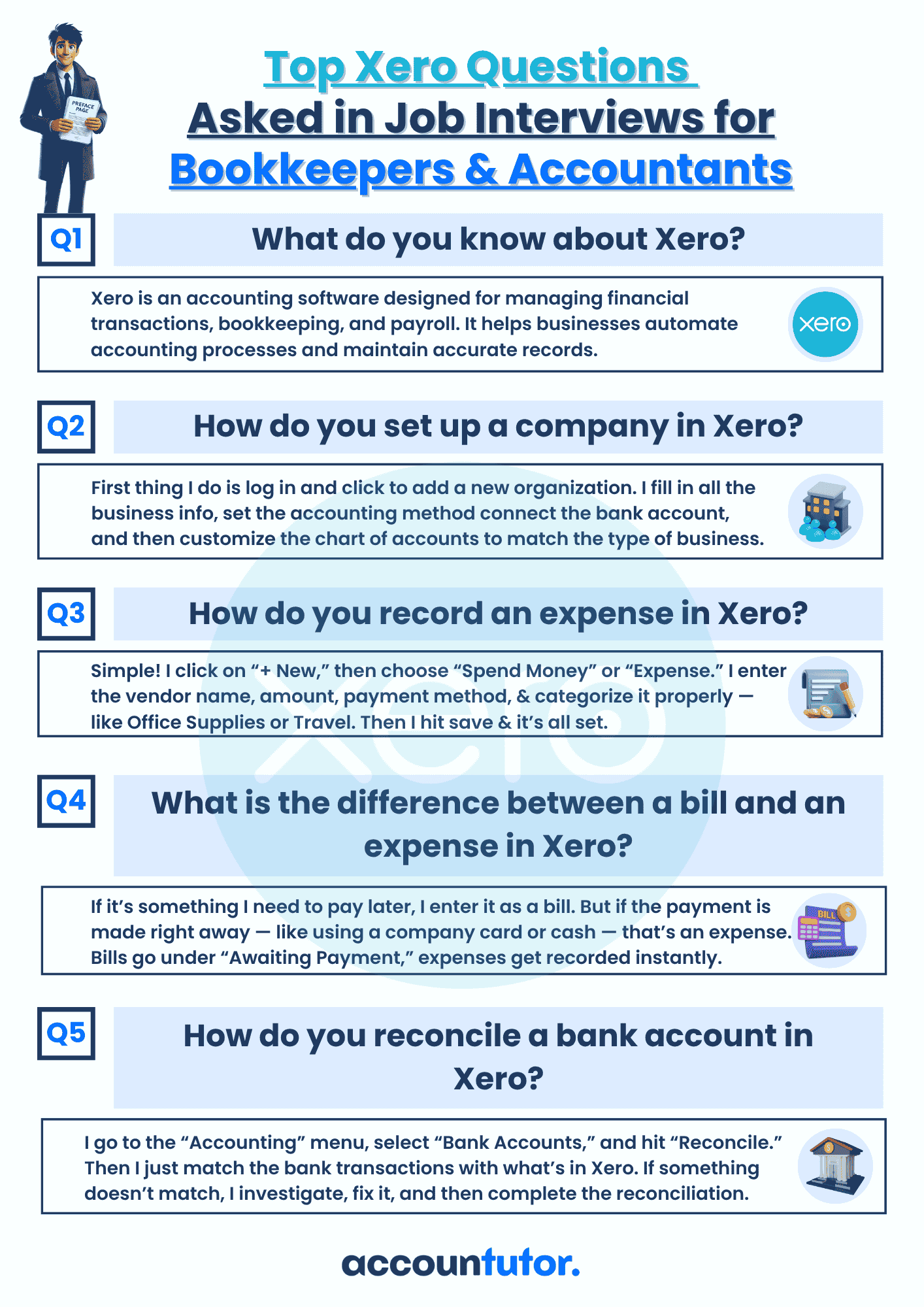
Download Interview Questions
Thank you!

Download 50 Interview Questions For Bookkeepers
Thank you!
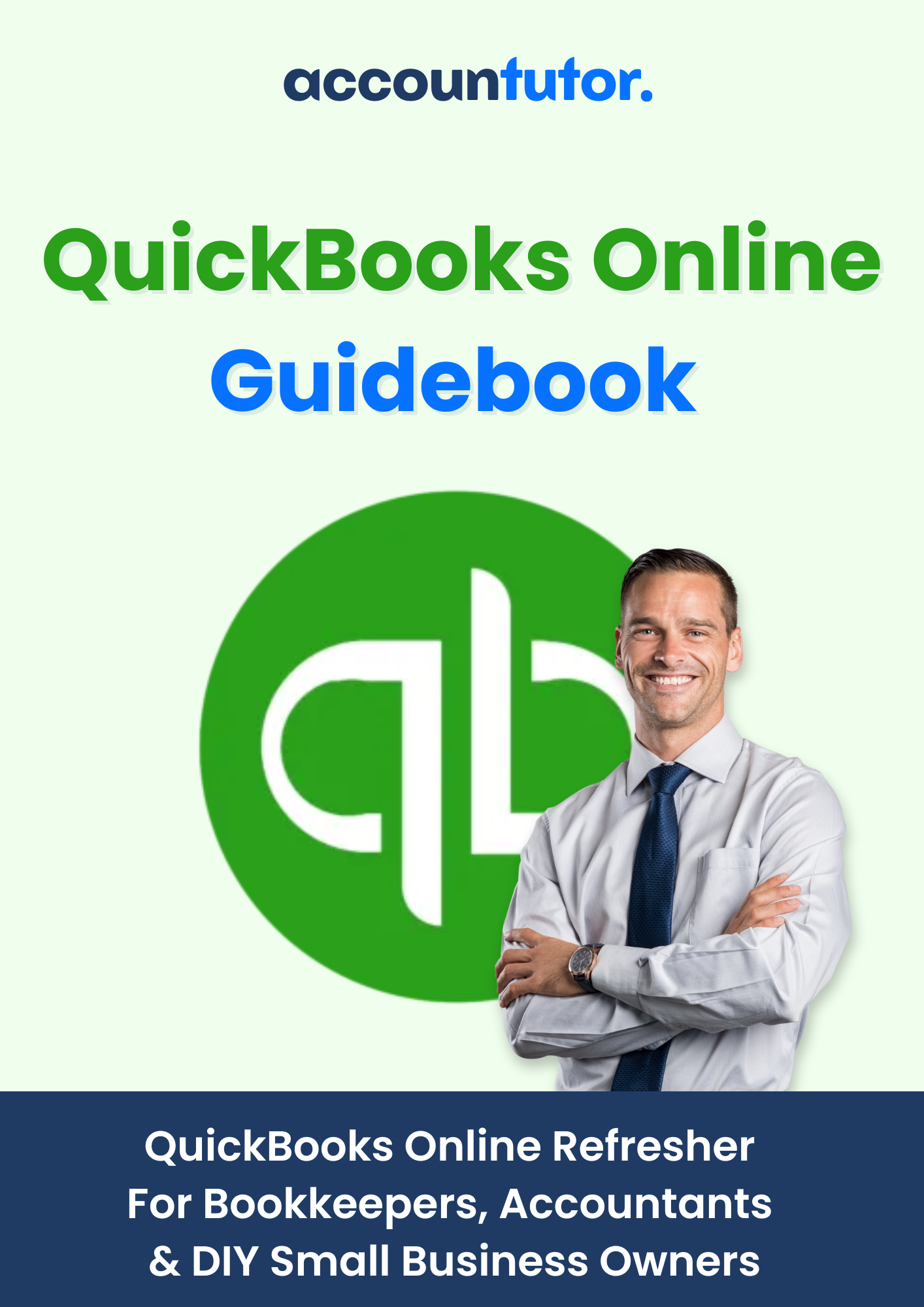
Download QuickBooks Online Guidebook
Thank you!

